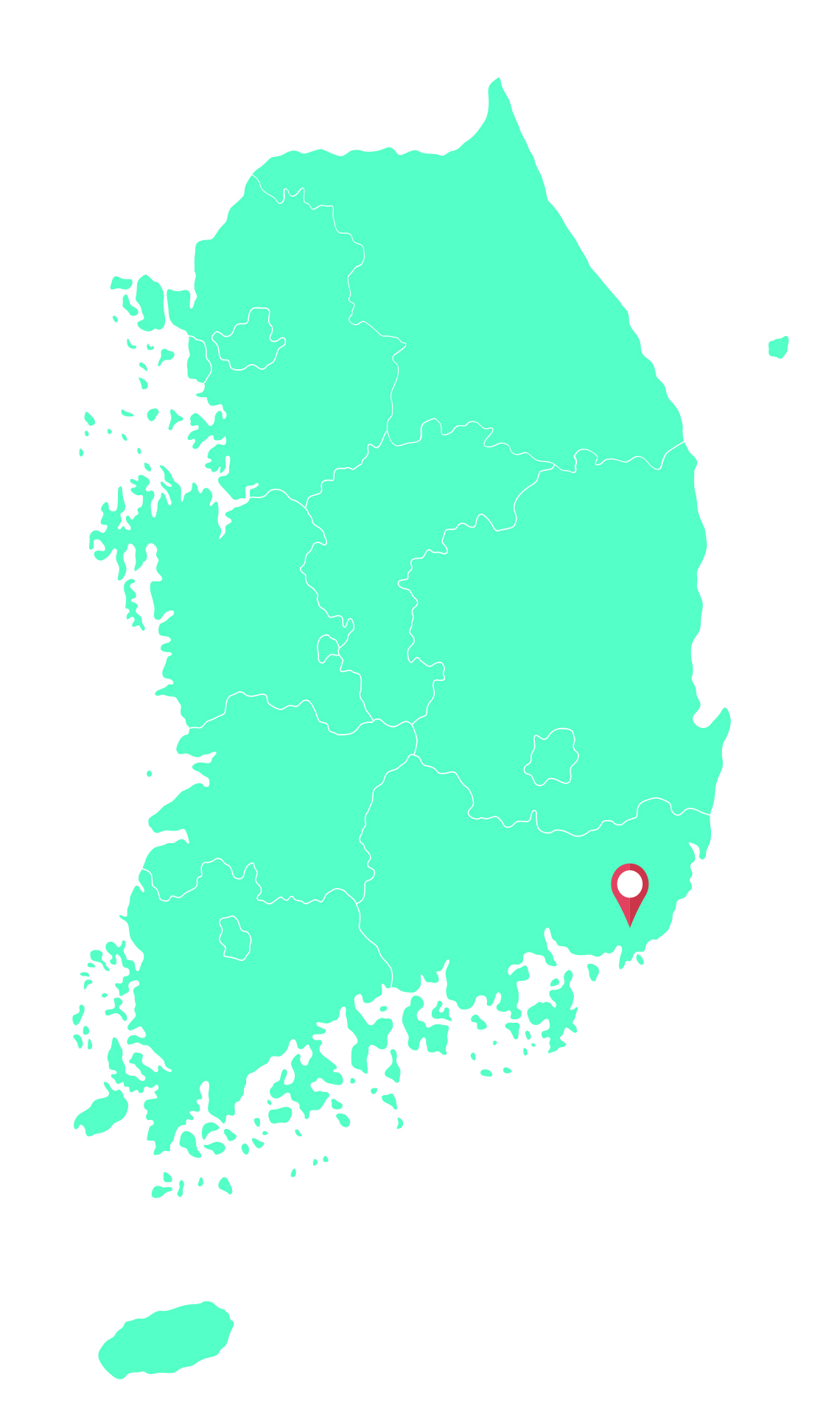Location Report
- Home
- Investment Opportunities
- Sites
- Location Report

B usan Metropolitan City was designated along with Sejong Special Self-governing City as test beds for the realization of smart cities, which is a platform that embodies advanced technologies, and will act as a new growth engine for the economy. The project to establish test bed cities aims to demonstrate and combine new technologies related to the Fourth Industrial Revolution, create an ecosystem for innovative industries and propose a lead model for future smart cities.
The project will focus on actualizing smart city technologies such as autonomous vehicles, smart grid and virtual reality (VR) as well as welfare facilities using future technologies, including next-generation network, big data and artificial intelligence (AI), and promote the demonstration and commercialization of such technologies. Busan’s Eco-Delta City will encompass various smart city technologies based on the connectivity of a waterfront city and international logistics.
The project includes seven main contents: human-centered smart urban design; a city created by residents; a living lab network; an R&D Plug-in City; introduction of a regulatory sandbox; an open big data city; and experience-based innovative technologies.
First, human-centered smart urban design aims to create a city where humans coexist with nature, consensus is built among the people and technology is shared. Coexisting with nature means that residents will have easier access to waterfront areas and parks and have no problem in terms of mobility even without owning personal vehicles. A vibrant city, where people communicate and create bonds with one another, will be formed by connecting various spaces to enjoy culture and leisure activities via a smart road. Moreover, smart technologies, such as a smart water treatment system; technologies to mitigate the effects of fine dust; and smart transportation, logistics and energy will be applied to the city to foster future industries and create jobs.
Residents and experts will take part in the entire process of the project, from the planning stage to the move-in stage. The “Smart City First Street,” a platform for public participation, will be operated both online and offline.
A living lab is a community in which residents and users become the main agents of innovative activities. It will create an environment for citizen-led innovation and expand the city’s openness. Residents will also be empowered to solve various urban problems. The living lab network will promote cooperation between Sejong and Busan.
The project aims to build a flexible and sustainable R&D Plug-in City to support the demonstration and commercialization of R&D technologies and enable easy application of other advanced technologies. When R&D technology convergence and integration throughout government organizations are linked and applied to the test city, it is expected to maximize the synergy effect.
In regard to the regulatory sandbox, new smart city technologies and a sandbox for the establishment of a sustainable innovative ecosystem will be introduced. This is anticipated to foster new future industries and promote investment through regulatory reform.
The open big data city will be operated by introducing a “data market” system, which is a two-way data sharing platform that produces and shares data for private companies. When an individual or a company requests information, it will produce and supply customized data by providing infrastructure such as different kinds of sensors.
Lastly, experience-based innovative technologies will directly impact the experiences of residents in their day-to-day lives. This waterfront city will introduce smart water technologies, such as a smart water purification plant and water supply system, eco-filtering, LID and water recycling. It also aims to utilize more renewable energy through a Virtual Power Plant (VPP) service, hydrothermal energy, a Building Energy Management System (BEMS), fuel cell and a zero-energy house. The transportation infrastructure and consumer-centered transport services will offer smart trams, Cooperative-intelligent Transport Systems (C-ITS), a custom traffic signal control system and parking lots.
The smart city will also provide safety services related to crime prevention, disaster and environment by applying intelligent closed-circuit televisions; school zone safety; and integrated management systems for sink holes, fine dust and floods. Services related to medicine, housekeeping, education, culture and shopping will be provided. Some examples of this include smart garbage collection and smart gardens.
After residents have moved into the city, innovation will continue and residents will reap more benefits. Effective operation of the city will save time for the residents. The revitalization of the shared economy and economized urban resources will also lighten various burdens. Furthermore, the operation of an intelligent city will increase the safety and convenience of the city.
Source: Presidential Committee on the Fourth Industrial Revolution;
Yonhap News Agency; National Assembly Research Service











